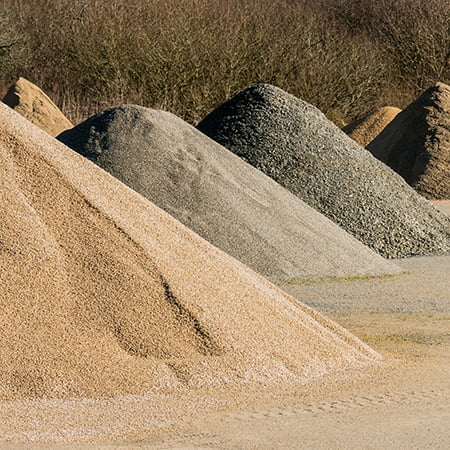Despite 70+ years of ceramics experience, as the principals of IntoCeramics we are often confronted by unknowns.
We’ll spare you the full Donald Rumsfeld hierarchy of knowns and unknowns, since we would like you to stay awake long enough to read this entire post.
Instead, we’re going to tell you how IntoCeramics deals with the mysteries of ceramics – and, yes, there ARE mysteries.
We were recently presented with a material that the owner was sure was clay. Like a good ball clay, it was fine-grained, sticky when wet, and held its shape when molded.
Although the material contained 50% water, it wasn’t a thin slurry but gooey and sticky - just like a good plastic clay should be.
The owner provided a quantitative X-Ray Fluorescence (XRF) oxide analysis that showed, just like a clay, that it contained a substantial amount of aluminum oxide, as well as some sand (since the silica content was higher than a pure clay should exhibit).
OK, we thought, no problem. We got this. And then we dried it.
Very much unlike a clay, when we dried it at moderate temperature, the sample set like cement. This stuff was harder than algebra!
We didn’t immediately know what the material was, but we knew how to find out. We have a long-standing partnership with Clemson University’s Bishop Material Research Center, directed by Dr. John Sanders.
Dr. Sanders is an old friend and a really smart guy. We asked him to perform a semi-quantitative X-Ray Diffraction (XRD) mineralogy test to tell us what minerals it contained.
As it turned out, the sample contained three major minerals - none of which were clay! The major mineral was somewhat clay-like in structure and another mineral was responsible for the setting behavior when the material was dried.
Now that we knew what the stuff was, we could begin designing formulations and testing them with different forming methods, firing curves, and additives to enhance the finished material’s performance.
The test results were positive, and we found a strong potential use for the material as a major component in a ceramic product.
What we didn’t mention yet is that this material is present on the surface in great quantity, and that it currently has no value. We’re about to significantly change the valuation of this material and the owner’s property.
So far, this infant-stage project has progressed as follows:
- Yes, we can test your clay!
- No, it isn’t clay – but we know what it is!
- Maybe we can formulate it into something viable; early-stage testing looks very promising.
Many of our projects start with a thorough material characterization. After we study the data, we can give our clients an idea of what potential their material holds.
Sometimes – actually, often - that brings us to a second “No”. Happily, our project for the client with the “non-clay” clay didn’t end before it had begun.
IntoCeramics’ president, Bryan Geary, often says: “Our job is to turn unknowns into knowns.” Thankfully, he looks nothing like Donald Rumsfeld!
In future blog posts, we will dive into the different analytical and physical tests used by the IntoCeramics labs to help our clients decide yes, no, and maybe…



